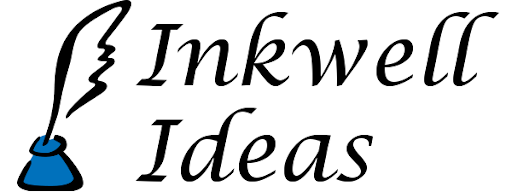DungeonMorphs: Cities Descriptions 4i, 5i, & 6i

Back in February we started a “series” of descriptions for our older DungeonMorph designs. This was based on our book of encounter ideas for each of the new DungeonMorphs. But the series never turned into a series. So we’re trying to restart that effort now. Below is the second post of the series. These are shorter than those in the book, but they should give you something to get started. As always, change these up and/or add to them as much as needed to fit your campaign.
Note: Each die is given a letter code. These designs go with the “i” die, for sides 4, 5, & 6. See the image for small versions of the actual designs.
4i
- The large “U” shaped building is a police/town guard garrison for this part of the city. Led by Commandant Elrik Kelkin, the staff here are well-trained and disciplined. Unbeknownst to all, Kelkin himself owes a favor to a crime boss from years ago. The boss frequently asks for (and receives) little favors preferring not to let Elrik pay it off fully. Elrik enforces discipline on his staff to prevent them from falling prey to a similar mistake.
- The street overpass was built when the local general store (“Golden Oats”–named after their best selling product) wanted to expand and their neighbors on the same block didn’t want to sell. So owners Hilda & Frank Nesmith bought the building across the street, then built a walkway above the street to connect the two buildings. They often post ads on the overpass and set up window displays.
- The “T” shaped building near the bottom center is “Otilussa’s Fine Dining”, a restaurant and tavern. Town guardsman often stop by for a bite because it is so close to the garrison, and Otilussa gives them a discount. Because of the frequent guards around, anyone in this part of town doing a deal that they want to keep “respectable” comes here to do the transfer. The secrets to Otilussa’s food are her gravies, which can cover up any mistakes.
5i
- The Central Market has a different theme each day: Vegetables, Fruits, Clothing, Hand-crafts, etc. The 17 booths pictured are semi-permanent wooden structures. On busy days (those with good weather, on a holiday, etc.) there can be a scramble for these spots. The town work crews will put up extra booths (just a cloth roof for a vendor with a cart) as needed on the sidewalks nearby.
- The small building near the bottom center is a management office for the market where the vendors pay a fee for their booth, resolve disputes, etc.
- All of the other adjacent buildings are shops or craftsmen who take advantage of the high-traffic market square: barber, blacksmith, bowyer/fletcher, candle-maker, cobbler, cooper, spinster, weaver, woodworker, etc.
- The large L shaped building and the small building inside the L (center left) is Myron’s Cuisine. The small building is actually a large food stand while the larger building is sit-down dining with a kitchen in the part farthest from the road.
6i
- This area is dominated by a large arena. It is used every day in some capacity. On workdays, gladiators will practice at certain times while at other times teams of various sports will practice during the day. On workday evenings team sports are played. On off-days and holidays, the most popular sports (and/or the best teams) and gladiator bouts take place. Usually 4 activities occur per day on these days. Under the stands are changing rooms and baths for the athletes as well as a few holding cells for any beasts that may be fighting that day.
- The large three part building to the left center is a barracks-like house for the gladiators.
- All of the other buildings are ticket booths and food-stands.
